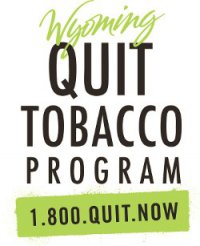References
Centers for Disease Control and Prevention. (2013). Vital signs: Current cigarette smoking among adults aged ≥18 years with mental illness — United States, 2009–2011. MMWR, 62(05), 81-87.
Centers for Disease Control and Prevention. (2015a). Promoting quitting among adults and young people: outcome indicators for comprehensive tobacco control programs—2015. Atlanta, GA: Centers for Disease Control and Prevention, National Center for Chronic Disease Prevention and Health Promotion, Office on Smoking and Health.
Centers for Disease Control and Prevention. (2015b). Reproductive health: Tobacco use and pregnancy. Retrieved November 6, 2015, from http://www.cdc.gov/reproductivehealth/maternalinfanthealth/tobaccousepregnancy/index.htm
National Jewish Health. (2015). National Jewish Health launches commercial tobacco program customized for American Indians. Retrieved from https://www.nationaljewish.org/Health-Initiatives/News-Resources-(1)/National-Jewish-Health-Launches-Commercial-Tobacco-Program-Customized-for-A
Talati, A., Keyes, K. M., & Hasin, D. S. (2016). Changing relationships between smoking and psychiatric disorders across twentieth century birth cohorts: clinical and research implications. Molecular Psychiatry, 21, 464–471. doi:10.1038/mp.2015.224
U.S. Food and Drug Administration. (2016). Vaporizers, e-Cigarettes, and other electronic nicotine delivery systems (ENDS). Retrieved September 21, 2016, from http://www.fda.gov/TobaccoProducts/Labeling/ProductsIngredientsComponents/ucm456610.htm
WYSAC. (2016). Wyoming Quit Tobacco Program follow-up survey: July – December 2015 interviews by M. Kato, T. M. Pearson, T. C. Cook, & L. H. Despain. (WYSAC Technical Report No. CHES-1604). Laramie, WY: Wyoming Survey & Analysis Center, University of Wyoming.


